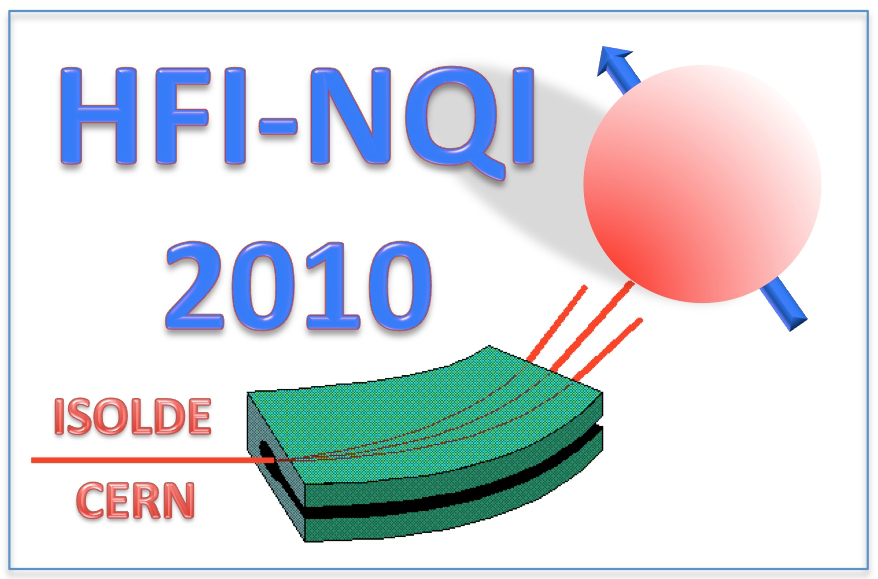Speaker
Nataliya Chistyakova
(M.V.Lomonosov Moscow State University)
Description
The possibility of Fe (III)-reduction in alkaline environments has been subject to doubt due to the low mobility of Fe(III) under these conditions. However, this ability has been observed for Geoalkalibacter ferrihydriticus [1, 2]. Anaerobic alkaliphilic dissimilatory iron-reducing bacterium G. ferrihydriticus (strain Z-0531) and anaerobic alkaliphilic bacterium Anaerobacillus alkalilacustre (strain Z-0521) were isolated from sample of bottom sediments from low-mineralized soda lake Khadyn, Tuva (Russia) [3, 4]. A. alkalilacustre utilized mannitol as preferred substrate, producing formate, lactate and acetate as the main products. It did not reduce amorphous Fe(III)-hydroxide (AFH). G. ferrihydriticus used AFH as an electron acceptor and acetate as an electron donor and was not able to utilize mannitol. The aim of our work was to study the process of iron mineral transformation in binary culture of these two bacteria, where mannitol was added as the only one substrate. 57Fe Mössbauer spectroscopy at room and low temperatures was used as the main method of iron mineral determination. The concentration nFe(III) of initial AFH was varied. Mössbauer spectra of the sample obtained in iron-reduction process for nFe(III) =100 mM and measured at different temperatures are shown in Fig.1. The comparison of the room and low temperature spectra of this sample is indicative of superparamagnetic relaxation. The formation of siderite FeCO3 and magnetically ordered phase (magnetite) were observed. The formation of magnetite was not observed for nFe(III) =10 mM, only siderite and the phase which spectrum parameters were close to the parameters of siderite were formed. It was also found when comparing some control probes and samples the joint growth of bacteria lead to a more intensive reduction of amorphous Fe(III)-hydroxide. References [1] N.I. Chystyakova, V.S. Rusakov, K.A. Nazarova, Yu.A. Koksharov, D.G. Zavarzina and J.–M. Greneche, Hyperfine Interact. 182 55 – 63 (2008). [2] N.I. Chystyakova, V.S. Rusakov, K.A. Nazarova, A.A. Shapkin, T.N. Zhilina, D.G. Zavarzina., Izvestiya Rossiiskoi Akademii Nauk. Seriya Fizicheskaya, 74, 433–437 (2010). [3] D. G. Zavarzina, T. V. Kolganova, E. S. Boulygina, N. A. Kostrikina, T. P. Tourova and G. A. Zavarzin, Microbiology 75 673–682 (2006). [4] D. G. Zavarzina, T. P. Tourova, T. V. Kolganova, E. S. Boulygina, and T.N. Zhilina, Microbiology 78 723–731 (2009).
| Please specify whether you would prefer an oral or poster contribution. | poster contribution |
|---|
Author
Nataliya Chistyakova
(M.V.Lomonosov Moscow State University)
Co-authors
Alexei Shapkin
(M.V.Lomonosov Moscow State University)
Daria Zavarzina
(Winogradsky Institute of Microbiology)
Tatiana Zhilina
(Winogradsky Institute of Microbiology)
Vyacheslav Rusakov
(M.V.Lomonosov Moscow State University)
